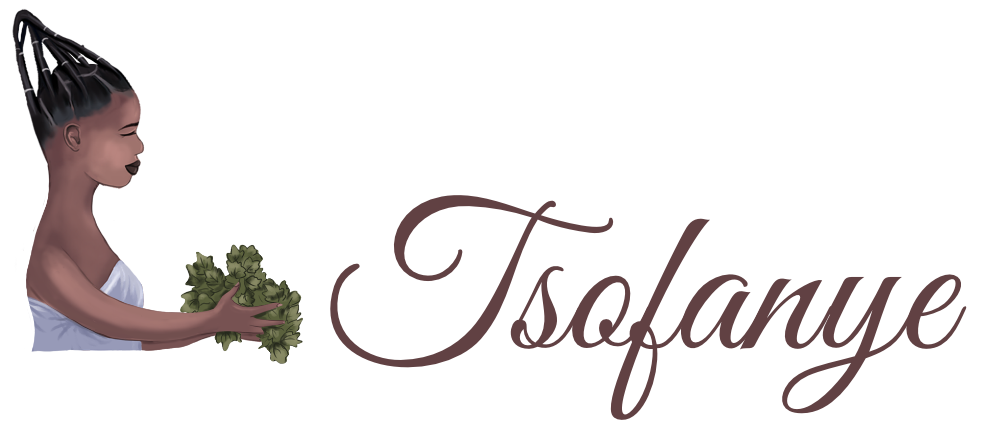Anyemi Mohee (Welcome brother/sister)
Part of Ghana’s extensive (pleeeeenty) flora and fauna includes plants not native to Ghana but have formed part of our traditional medicine/diets. Below I talk about 3 plants that offer great medicinal benefits.
Gowa (English: Guava, origin: Southeast Asia)
While Guava fruit is commonly known, my first encounter with it as a herbal remedy was when my father gave me dried Guava leaves to help with my period pain. I noticed two things: a reduction in pain (comparable to chamomile’s pain-relieving properties) and wanting to sleep. Now very intrigued, I decided to look into Guava leaf and found that Guava leaf acts as an analgesic (pain killing), antispasmodic, and sedative. Not just that, research also highlights its potential for managing diabetes (because it’s hypoglycemic – lowevers sugar) and addressing stomach and intestinal conditions like Diarrhoea. So Gowa for the win!
Kingtso (English: Neem Tree, origin: India-China around there)
My introduction to Neem came from one of my grand uncles, who spoke about how the abundance of Neem trees in Tema (a place in Ghana) meant there were hardly any mosquitos in the area. This is a clue to one of its most common uses in Ghana – treating malaria. Interestingly, in Ga, we refer to this plant as ‘Kingtso,’ which translates to King Tree, as it was brought to by some colonisers from other places they were pillaging during the reign of King George V of England.
Personally, I have utilised Neem as an antifungal bath/wash, and it works so well. With antimicrobial and antiparasitic properties, it has traditionally been used for fungal and bacterial infections as well as skin parasites. Internally, it serves as a potent laxative. However, don’t use Neem anyhow as it can cause abortion, and not using the right dose or for too long you can get serious problems. So speak with someone who knows what they are doing before taking.
Kakaotsofa (English:Ginger, origin: south east Asia)
I was in my 20s when I went on holiday to Ghana and my grandma pointed out some green leaves in the garden and told me it was ginger. I don’t know what I was expecting but I couldn’t believe it was ginger until she dusted away the soil and I recognised what I would usually see on the Tesco shelves. I am sure my grandma was wondering what I learned in school, but even I was shocked at how disconnected I was from where the food I eat comes from – and no it’s not the supermarket.
So its medicinal properties? Well one clue is in the Ga name which is Kakaotsofa meaning Toothache medicine and ginger has pain relieving properties. It’s also a peripheral circulatory stimulant (i.e stimulates blood flow in the arms, legs, and other places further from the heart) and it’s well known for its ability to stop nausea like morning sickness or nausea due to chemotherapy. There is so much more to add but one thing I would say is that the ginger in Ghana, even though it is smaller, it’s much more potent than what we have in the UK. In fact the one here (UK) you put the whole arm in your stew and still be asking yourself whether you put ginger in – nonsense.
Well these are my first 3 (will do some others later) but if you like what you read, dont forget to follow me on Instagram and YouTube @Tsofanye and share with those you feel will find this information useful. Doing this will help me take this even further and provide you with even more information.
